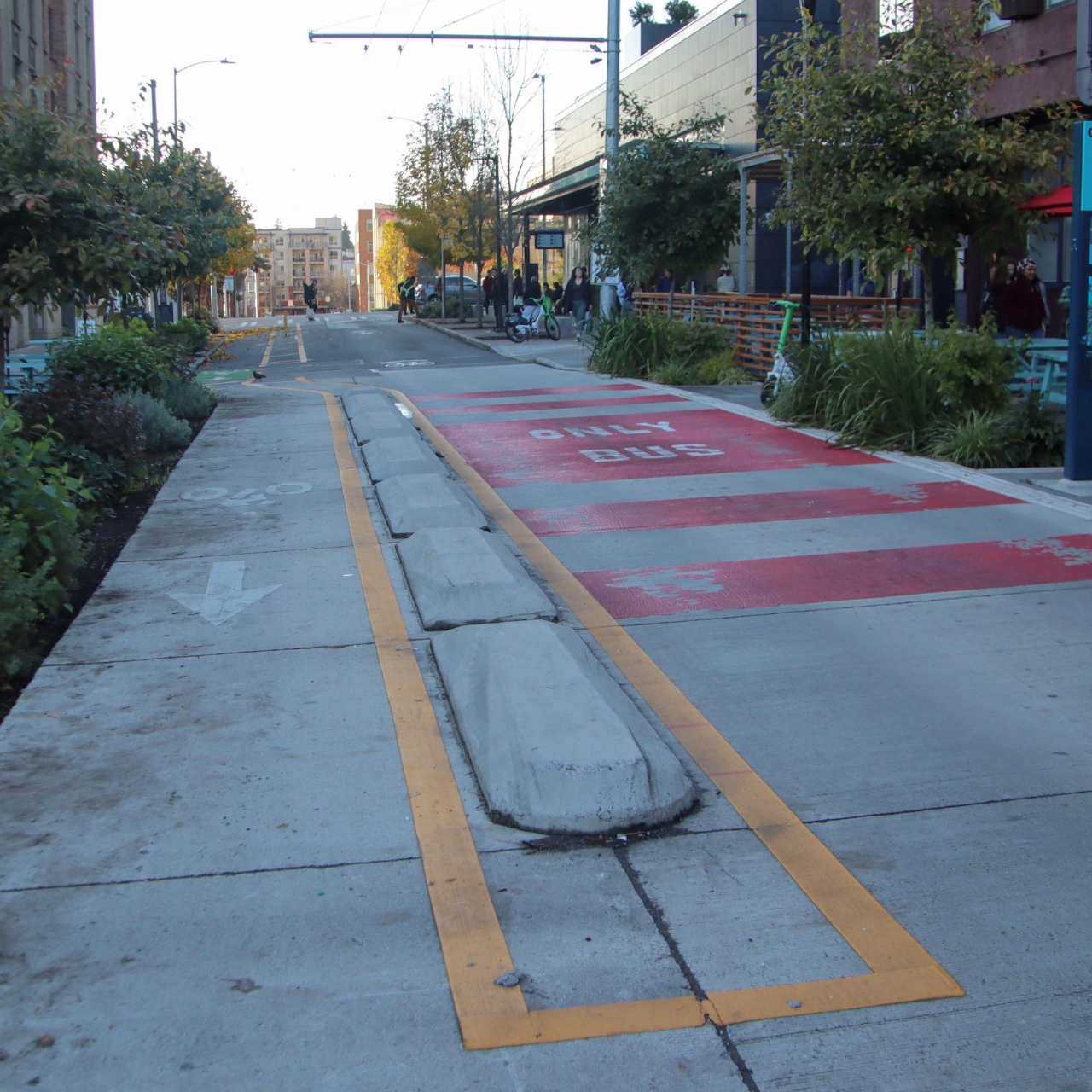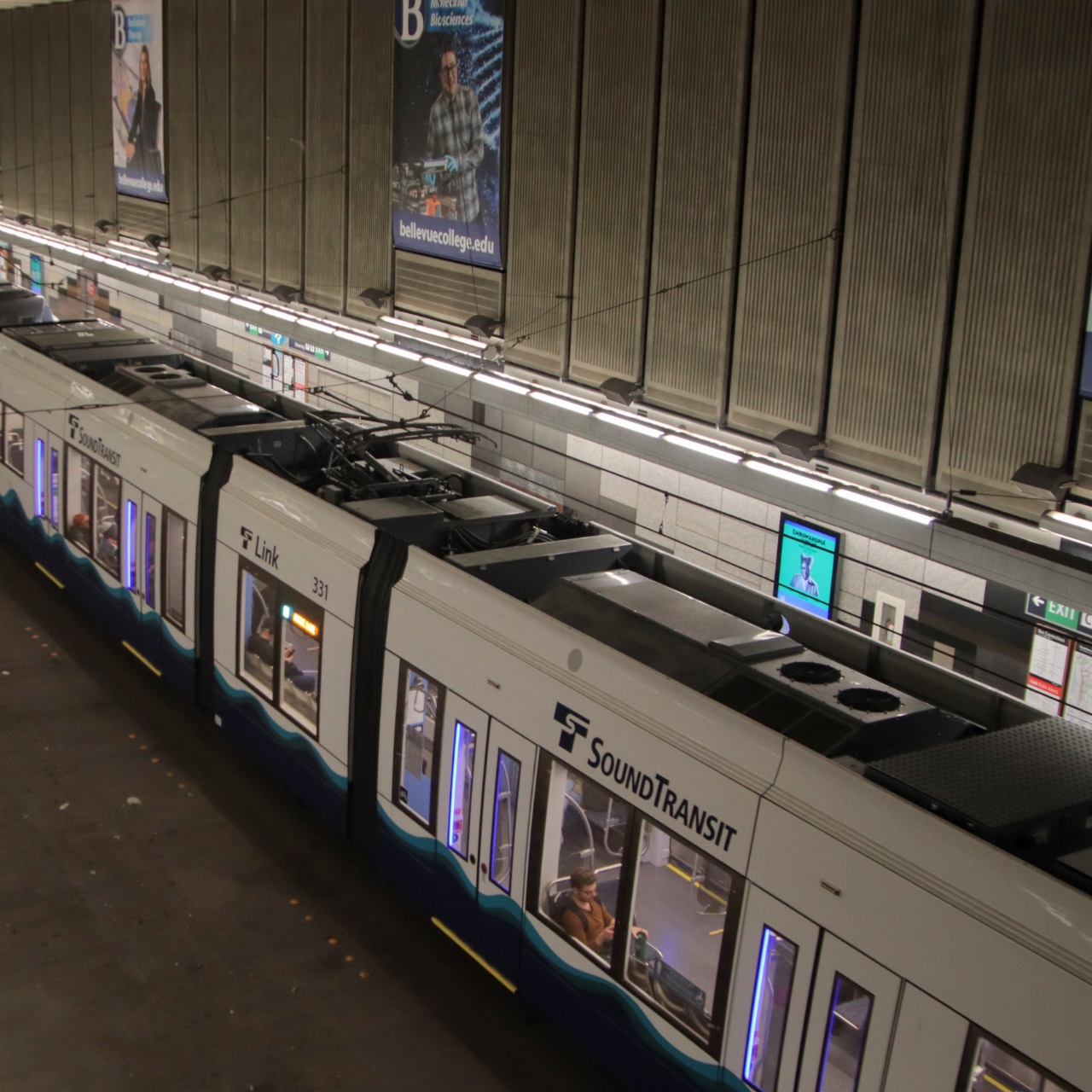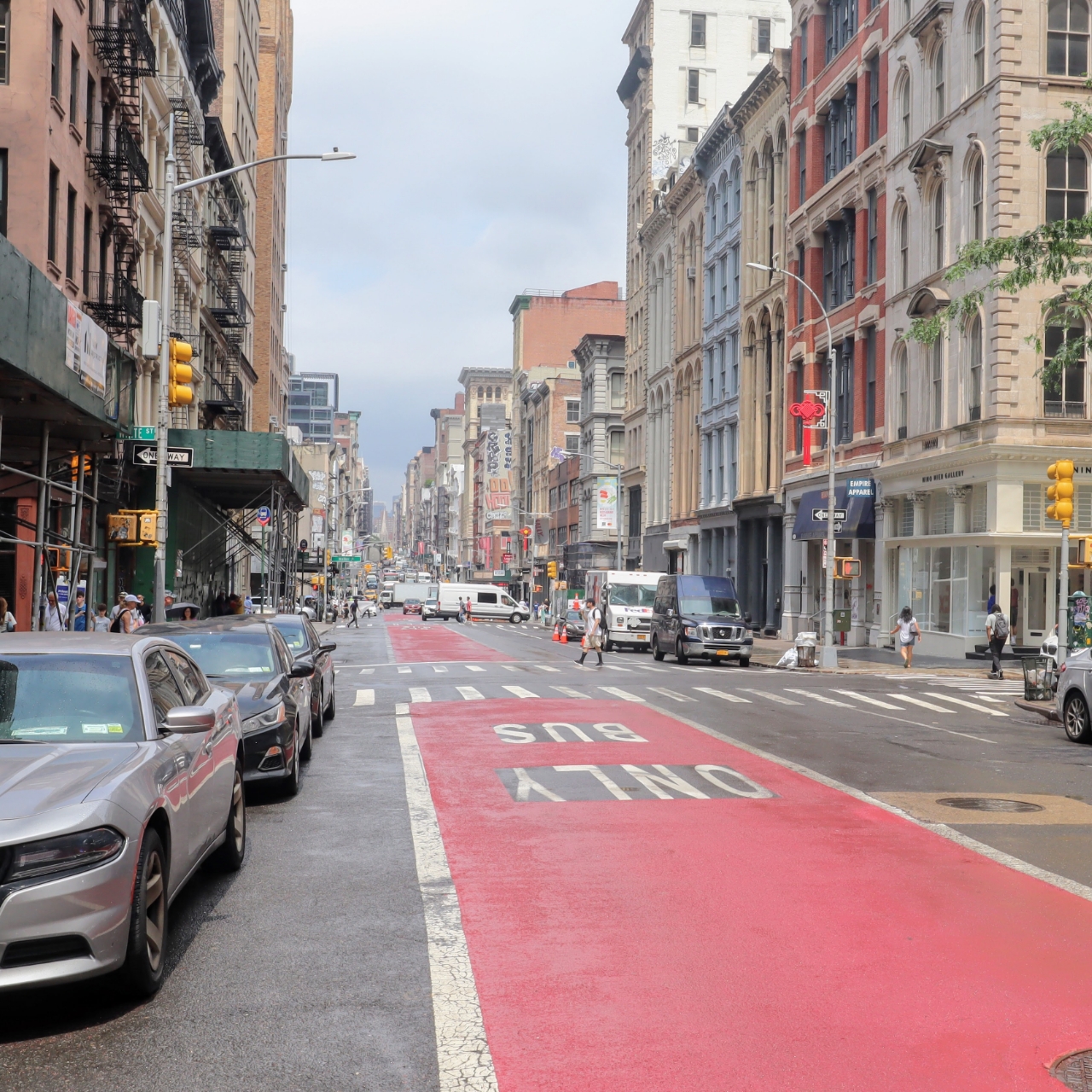Georgia, Inland Waterways, National Category
Startup Uses Drone for Cleaning Water, Collecting Data


Public transit is essential to America’s transportation network, with residents taking 34 million trips each weekday in 2023. However, ongoing and unexpected circumstances have positioned transit for a hard-to-predict future. The pandemic caused steep declines in ridership, as much as 80% in April 2020. By 2023, transit ridership only increased to 73% of pre-pandemic levels. Both federal pandemic aid and infrastructure investment were pivotal in maintaining transit services. The Infrastructure Investment and Jobs Act (IIJA) provided transit with $108 billion in support, which is being used to address deferred maintenance and break ground on long-sought capital projects. However, due to years of deferred maintenance, a funding gap of $152 billion still exists over the next ten years for the nation’s transit systems. In addition, while states and localities are working to expand transit access, rising costs, a lack of support for operations, and the impact of work-from-home jobs create challenges. Greater transit access, reliable service, and increased ridership will depend on sustainable funding and communities incorporating transit into multimodal transportation plans.
remains well below pre-pandemic levels. In 2023, transit ridership was at
73% of 2019 levels
have $618 billion in infrastructure needs
through 2033
are more than 55 years old, a sign of
future staffing problems

There are 6,800 FTA-supported agencies responsible for providing public transportation in the U.S. The majority (4,850) are nonprofit organizations. Of the 2,210 National Transit Database reporting systems connected to federal programs—either through the Urbanized Area Formula Program or Rural Formula Program—1,281 are in rural areas and 929 are in urban areas.
Public transit is funded by passenger fares, transit agency earnings, and support from federal, state, and local governments. Although overall funding for transit has increased over the last decade-plus, revenue generated has declined owing to the sharp decline in ridership in 2020 and subsequent years, as well as fare amounts remaining unchanged. It is estimated that the nation’s transit programs will require $20.3 billion annually to achieve a state of good repair by 2038.
Operation expenses are about two-thirds of all transit costs. Nationwide large budget gaps are expected for operations in FY24 and beyond. Although the recent influx of federal assistance along with renewed funding from state and local governments has benefited transit networks, gaps remain in accommodating facilities and services.

Public transit is one of the safest modes of transportation. In 2023, there were 327 transit-related fatalities, compared to an estimated 40,990 highway fatalities.
Rail and bus lines are frequently interrupted by extreme weather. MTA in New York reported that 200 subway stations—representing half of the total stations in the system—have flooded in recent years. In response, MTA is planning $6 billion in improvements to protect facilities from weather-related events.

Photo Attributions

Select your home state, and we'll let you know about upcoming legislation.
"*" indicates required fields